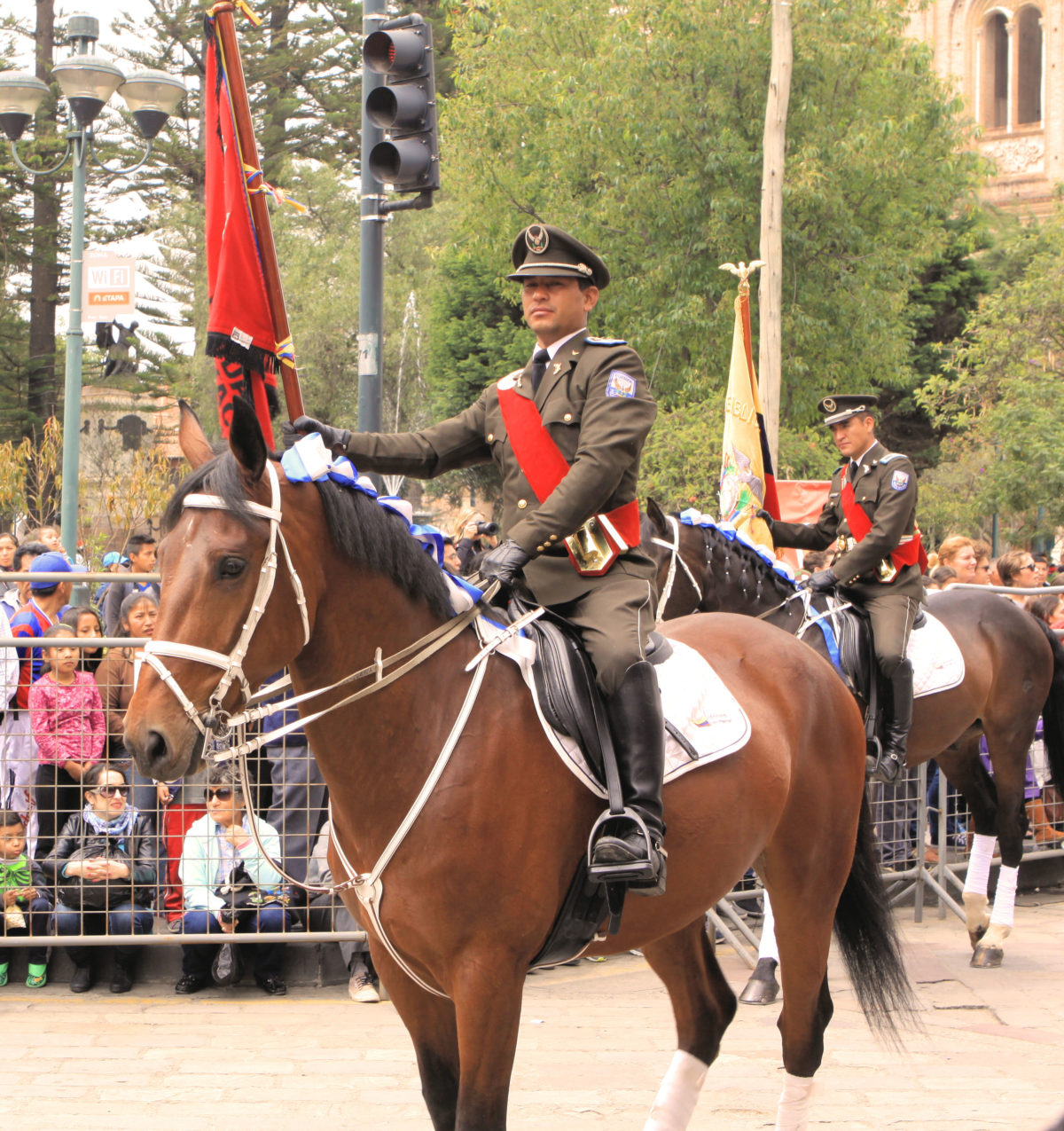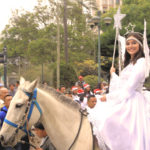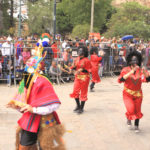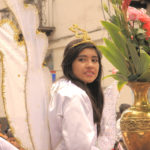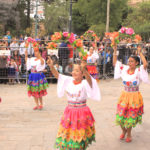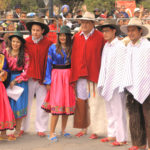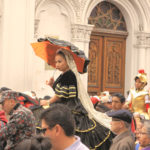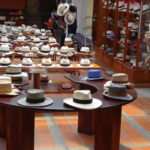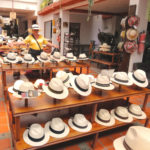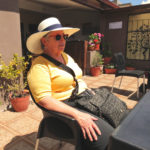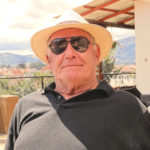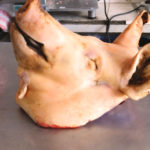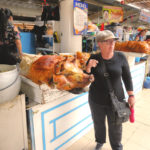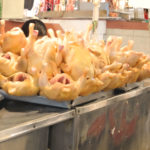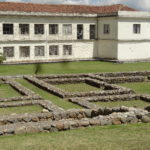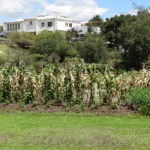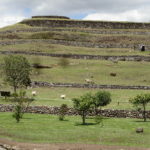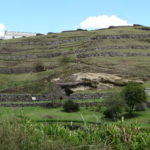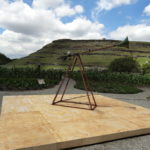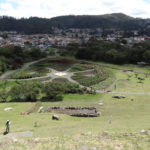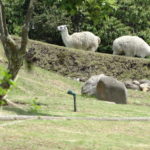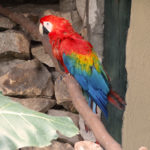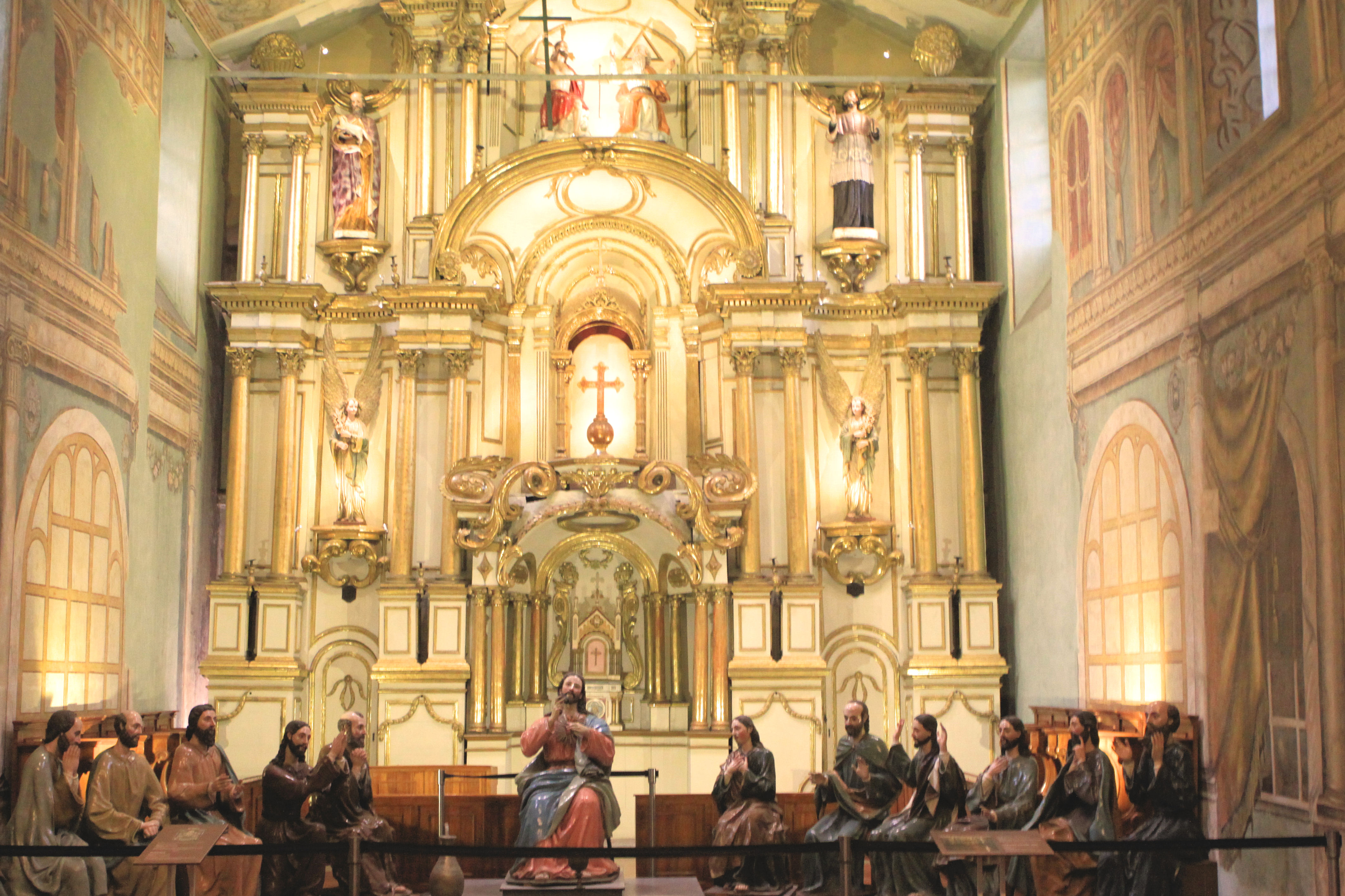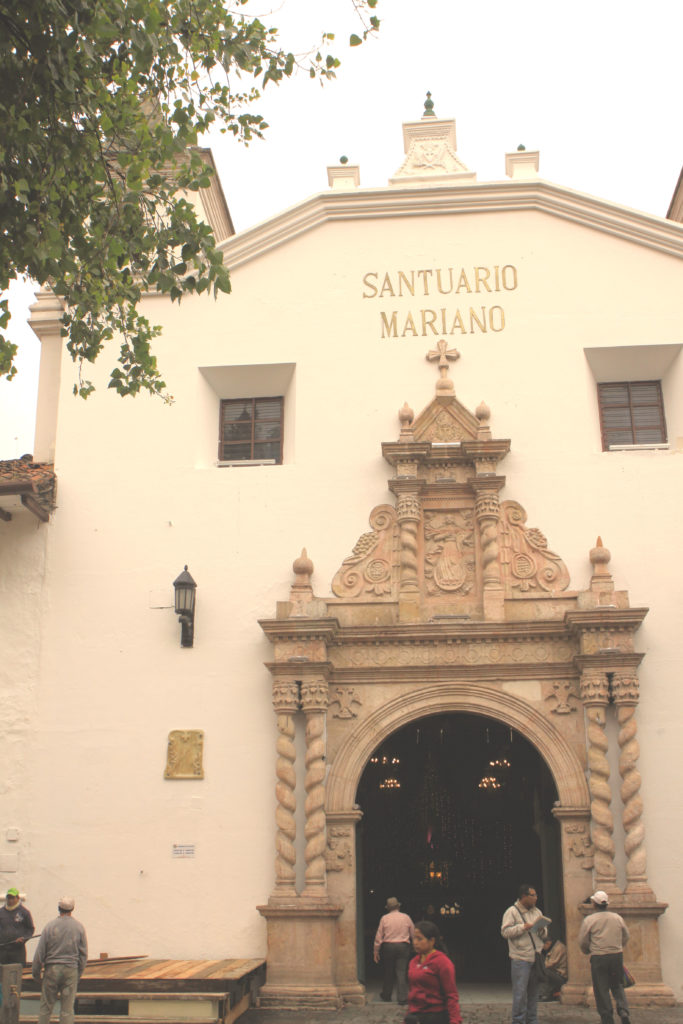 Dummies or Majotes decorate shop fronts, taxis, and private cars all over Cuenca. Most of them represent political figures and you can add your thoughts to their message board, some are cartoon characters, and some are more sophisticated displays created by an entire neighborhood. In the end they will be kicked to the curb and set on fire, symbolizing the end of the old year and what ever grief or despair that was there is now burned and a fresh slate awaits the New Year.
Dummies or Majotes decorate shop fronts, taxis, and private cars all over Cuenca. Most of them represent political figures and you can add your thoughts to their message board, some are cartoon characters, and some are more sophisticated displays created by an entire neighborhood. In the end they will be kicked to the curb and set on fire, symbolizing the end of the old year and what ever grief or despair that was there is now burned and a fresh slate awaits the New Year.


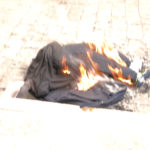

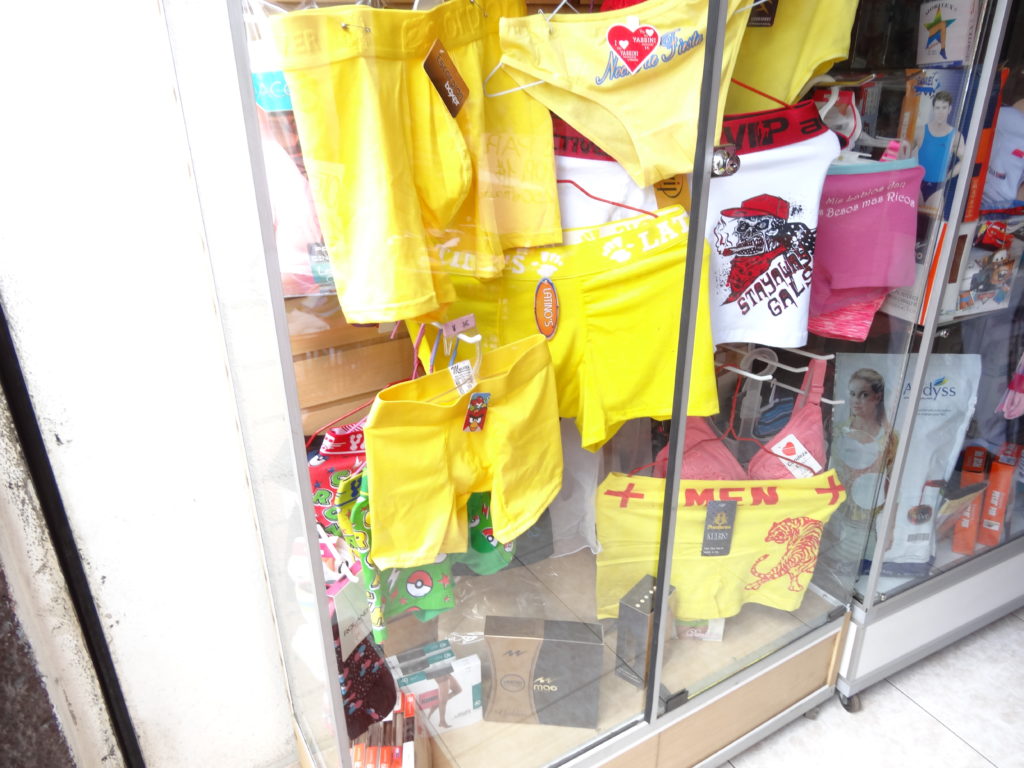 Yellow underwear for all genders and ages is worn for good luck, twelve grapes are consumed at midnight, young men dressed like Viajes or widows roam the neighborhood begging candy and pennies, and free beer stands are set up in the neighborhood. Who could ask for more.
Yellow underwear for all genders and ages is worn for good luck, twelve grapes are consumed at midnight, young men dressed like Viajes or widows roam the neighborhood begging candy and pennies, and free beer stands are set up in the neighborhood. Who could ask for more.
http://www.life-in-ecuador.com/ecuador-new-years.html
Feliz Ano Nuevo as they say in Cuenca.
Sally

